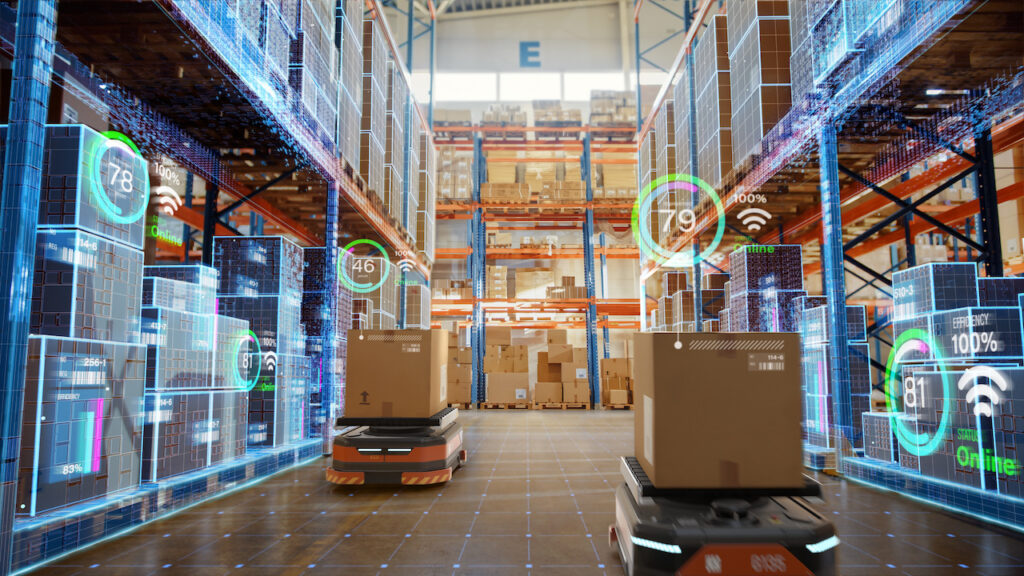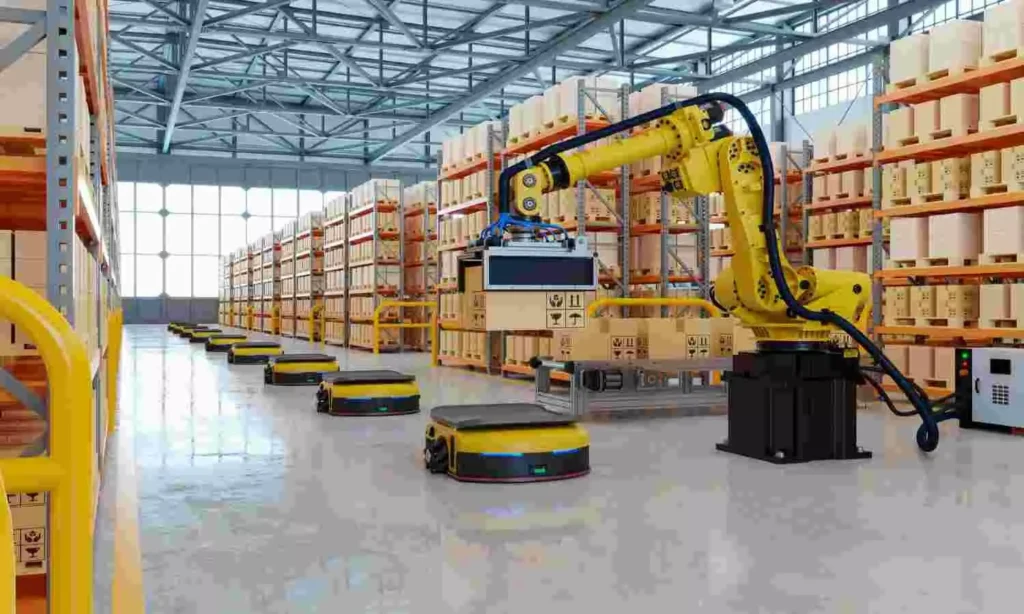The world of warehousing and logistics is undergoing a profound transformation, thanks to the relentless advancement of automated warehouse technology. As supply chains become more complex and customer expectations continue to rise, companies are turning to automated warehouse solutions to streamline operations, boost efficiency, and stay competitive. In this article, we will explore the latest trends and innovations in automated warehouse technology, shedding light on what’s on the horizon for the industry. From robotics and artificial intelligence to advanced analytics, these developments are shaping the future of warehousing.
Robotics and autonomous vehicles
Robotics and autonomous vehicles are at the forefront of automated warehouse technology. The use of robots for tasks like picking, packing, and transporting goods within the warehouse is becoming increasingly common. These robots can work alongside human workers, improving efficiency and reducing the risk of errors.
Automated guided vehicles (AGVs) and autonomous mobile robots (AMRs) are gaining traction for material handling tasks. They can navigate warehouses autonomously, transport goods, and even load and unload trucks. The integration of these technologies into automated warehouse solutions enhances productivity and reduces labor costs.
Artificial intelligence and machine learning

Source: gofreight.com
Artificial intelligence (AI) and machine learning are revolutionizing the way warehouses operate. AI-powered systems can optimize inventory management, demand forecasting, and routing for more efficient order fulfillment. Machine learning algorithms can analyze vast amounts of data to identify patterns and trends, enabling warehouses to make data-driven decisions.
Moreover, AI-driven robotics and vision systems can enhance the accuracy and speed of picking and sorting operations. These technologies can adapt to changing conditions and learn from experience, making them valuable assets in the ever-evolving world of logistics.
Advanced analytics and data integration
Data is the lifeblood of modern warehouses, and advanced analytics tools are essential for extracting actionable insights. Warehouse management systems (WMS) and enterprise resource planning (ERP) software are integrating with data analytics platforms to provide real-time visibility into warehouse operations.
Predictive analytics can anticipate maintenance needs for equipment, reducing downtime and preventing costly breakdowns. Furthermore, data integration with customer relationship management (CRM) systems allows warehouses to align their operations with customer demands, enhancing customer satisfaction.
Enhanced human-machine collaboration
While automation is a critical aspect of the future of warehousing, human workers will continue to play a vital role. The trend is toward enhanced collaboration between humans and machines. Workers can supervise and manage automated systems, ensuring smooth operations and addressing exceptions or anomalies.
Furthermore, wearable technologies such as augmented reality (AR) glasses can provide workers with real-time information and instructions, improving their productivity and accuracy. Collaborative robots, known as cobots, are designed to work alongside humans, providing assistance with physically demanding or repetitive tasks.
Sustainable warehouse practices

Source: itln.in
Sustainability is a growing concern in the logistics industry. Automated warehouse technology can contribute to more eco-friendly practices. For instance, optimized routing and energy-efficient equipment can reduce fuel consumption and carbon emissions.
Additionally, smart lighting and HVAC systems can adjust energy usage based on occupancy and environmental conditions. Sustainable packaging and waste reduction initiatives within warehouses are also gaining prominence as companies seek to minimize their environmental footprint.
Conclusion
The landscape of automated warehouse technology is evolving rapidly, driven by innovations in robotics, artificial intelligence, data analytics, and sustainability. As companies strive to meet the demands of an increasingly complex supply chain, staying at the forefront of these trends is essential for maintaining a competitive edge. Automated warehouse solutions are poised to reshape the future of logistics and warehousing.



